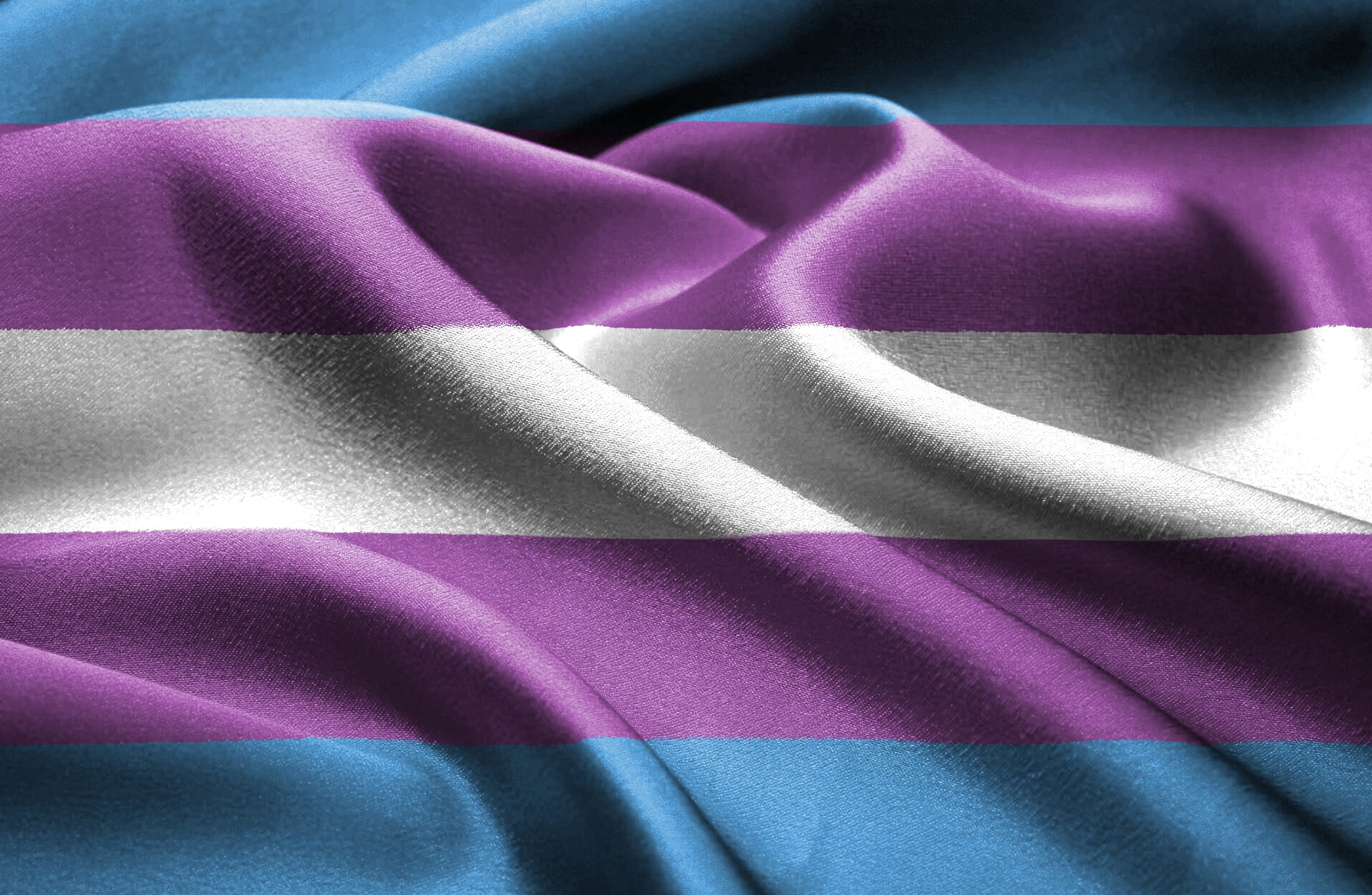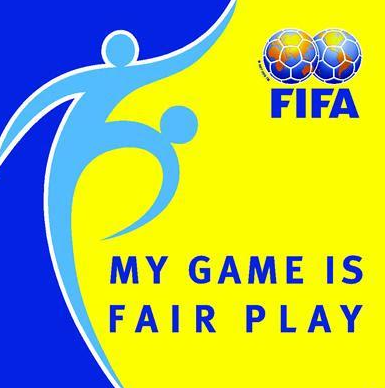The acceptance and involvement of transgender athletes has created a complex and developing debate in the fast-paced world of international sports. The International Cricket Council’s (ICC) recent decision to prohibit transgender women from participating in women’s international cricket matches if they have reached male puberty has brought a new dimension to this ongoing debate. This article delves into the implications of this decision, the reactions from various stakeholders, and the broader context of transgender athletes in sports.
The ICC’s Landmark Decision
Following a nine-month consultation and scientific evaluation, the ICC’s announcement intends to maintain the “integrity of the international women’s game and the safety of players.” This ruling brings cricket in line with other sports such as rugby union, swimming, and athletics, all of which have comparable policies. Danielle McGahey, a transgender cricketer from Canada, has been a focal point in this discussion. This verdict has had a direct impact on McGahey’s career as the first transgender cricketer to play in an official international match. Despite meeting previous testosterone-based qualifying standards, the new policy, which prioritises game integrity and player safety, marks a significant shift.
Reactions and Responses
The ruling has provoked a variety of reactions. Transgender rights advocates see this as discriminatory, stating that it excludes transgender athletes. Some claim, on the other hand, that male puberty gives physical advantages in sports that transition does not fully diminish. The Women’s Rights Network (WRN) praised the ruling, underlining the importance of gender equality in sports. Meanwhile, McGahey has expressed sadness but has stated that she would continue to advocate for transgender inclusion in sports.
The Broader Context
This evolution in cricket is part of a broader trend in international sports, in which regulating bodies struggle to strike a balance between diversity, justice, and safety. In light of the ICC’s decision, the England and Wales Cricket Board (ECB) is evaluating its transgender policy. Similar debates are occurring in other sports, with governing bodies facing the challenge of developing policies that respect the rights of all athletes while ensuring fair competition.
Conclusion
The ICC’s decision to ban transgender women who have undergone male puberty from women’s international cricket is a significant moment in the ongoing dialogue about gender, inclusivity, and fairness in sports. It reflects the complexities and sensitivities involved in accommodating diverse identities in competitive sports.













